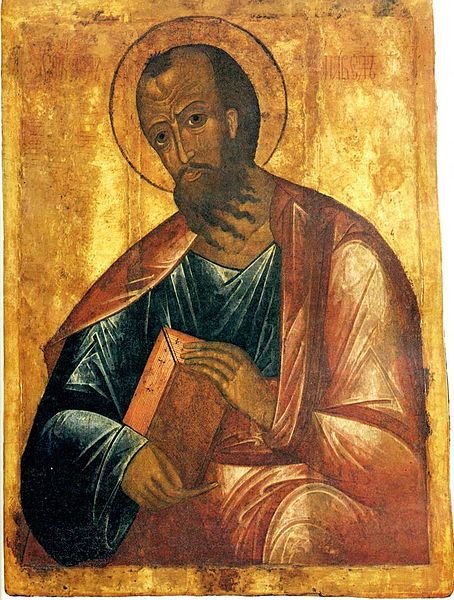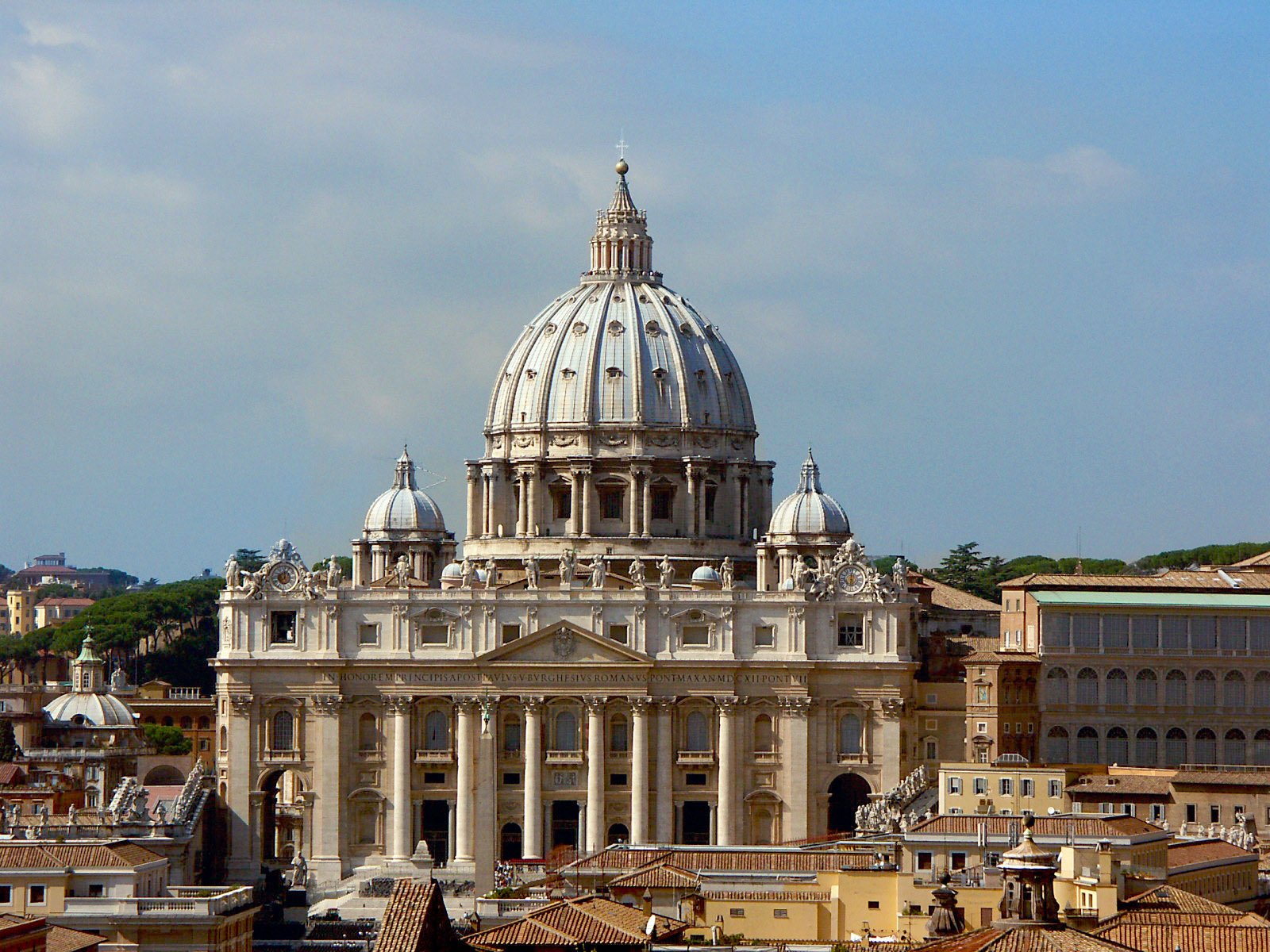
Why this book?
Background and photos
A trip to Egypt in 2011 led me to write Religion, Power, & Illusion.
As I stood at the foot of the great pyramid and climbed up on some of its stones, I was astonished at the size of the structure. This is not some Disneyland fantasy. This is real. The people who built it thousands of years ago were real.
A visit to the Valley of the Kings left the same overwhelming impression. Here were tunnels dug hundreds of yards into solid rock. They served as tombs for the pharaohs, and all of them were carved out with primitive copper tools.
And the huge temples at Karnak—who built these massive columns and what drove them to do it? The answer is that all of these structures—pyramids, tombs, and temples—were produced in the name of religion.
And when I came to see that the ancient workers were motivated by exactly the same thing that motivates religious people today, I began to wonder if Egypt held the key to understanding all religion.
Moses and the Exodus:
The Exodus is thought to have occurred c.1225 BCE, but I give it an interpretation quite different from the conventional one. See Religion, Power, and Illusion, pp 89-103.
Akhenaten:
This limestone relief, which dates from c. 1350 BCE, shows the Egyptian pharaoh Akhenaten, his wife Nefertiti, and their daughters receiving blessings from the sun god, the Aten. This god is thought to have metamorphosed into the Hebrew god Yahweh, and it was believed to be the source of blessings in this world. See the many references in Religion, Power, and Illusion.
Much of my earlier career focused on logic.
Logic is the discipline that determines whether evidence supports a conclusion. Now I was about to embark on a quest for evidence that supports religious beliefs. I decided to begin as far back in time as possible, to the very beginning of religion in the Neolithic period. I discovered that in this ancient time there were people whom I call priests who played a central role in the emergence of religion. Their function was to create gods and sustain them in existence.
The priests of today are simply replicating the function of these ancient priests. My findings are reported in my new book, Religion, Power, and Illusion: A Genealogy of Religious Belief. Many of them were quite unexpected, and if you choose to read the book, you may find them so, too.
Paul the Apostle:
Paul the Apostle is often called the second founder of Christianity. He is credited here with having assembled the basic building blocks out of which priests later created the Christian Trinity. See Religion, Power, and Illusion, Chapter 6.
St. Peter’s Basilica:
Churches, such as St. Peter’s Basilica, are called physical constructs. They serve to augment the power of priests. See Religion, Power, and Illusion, pp. 9-10.






